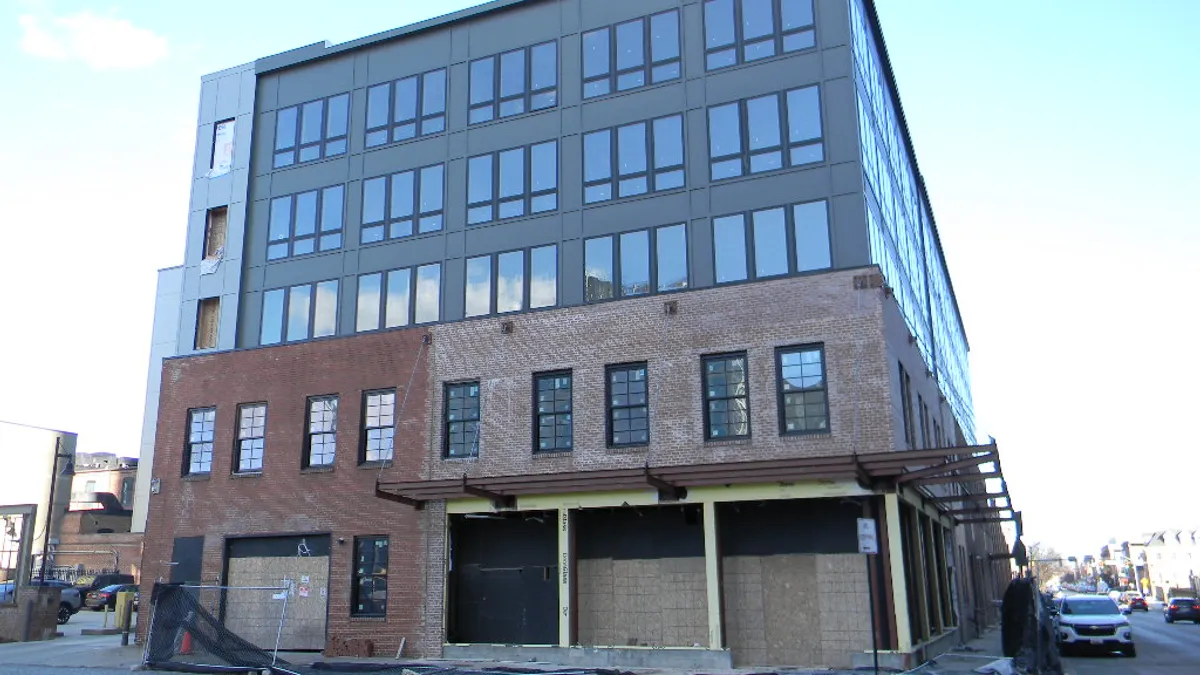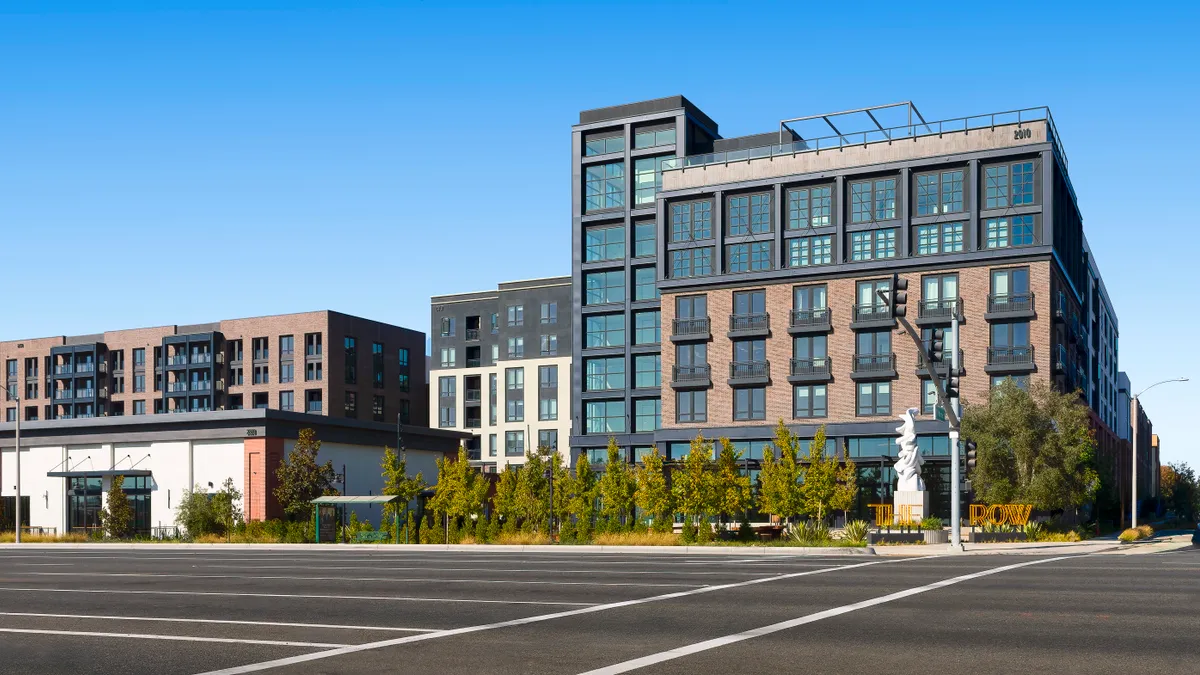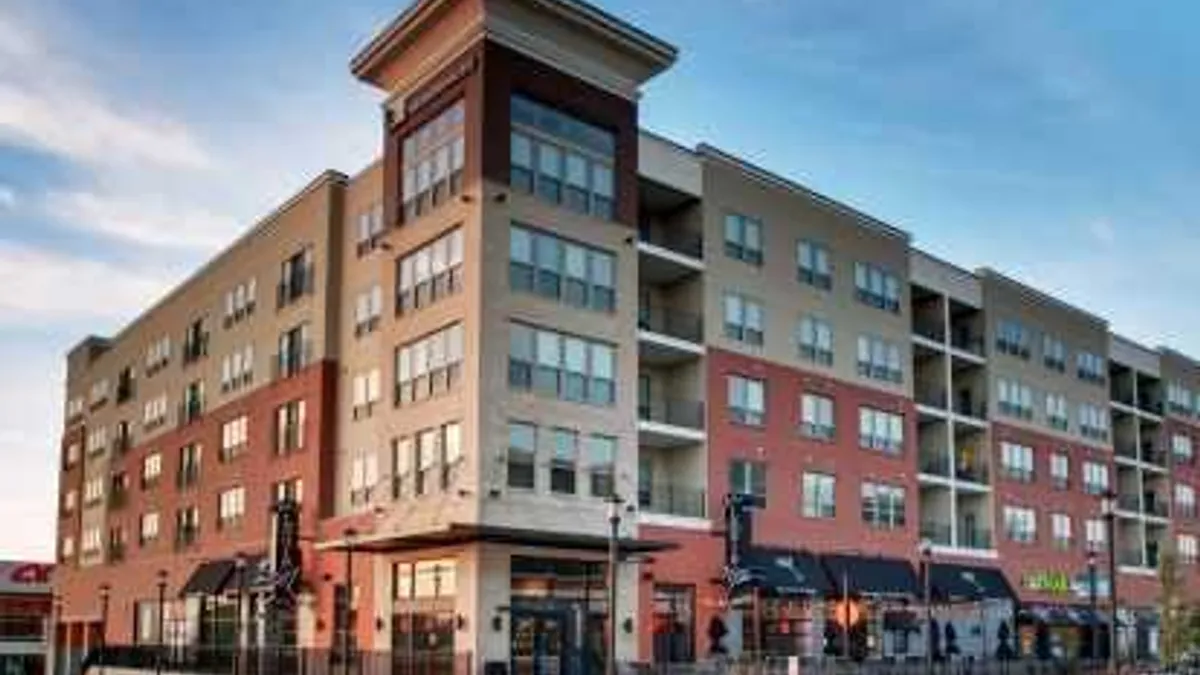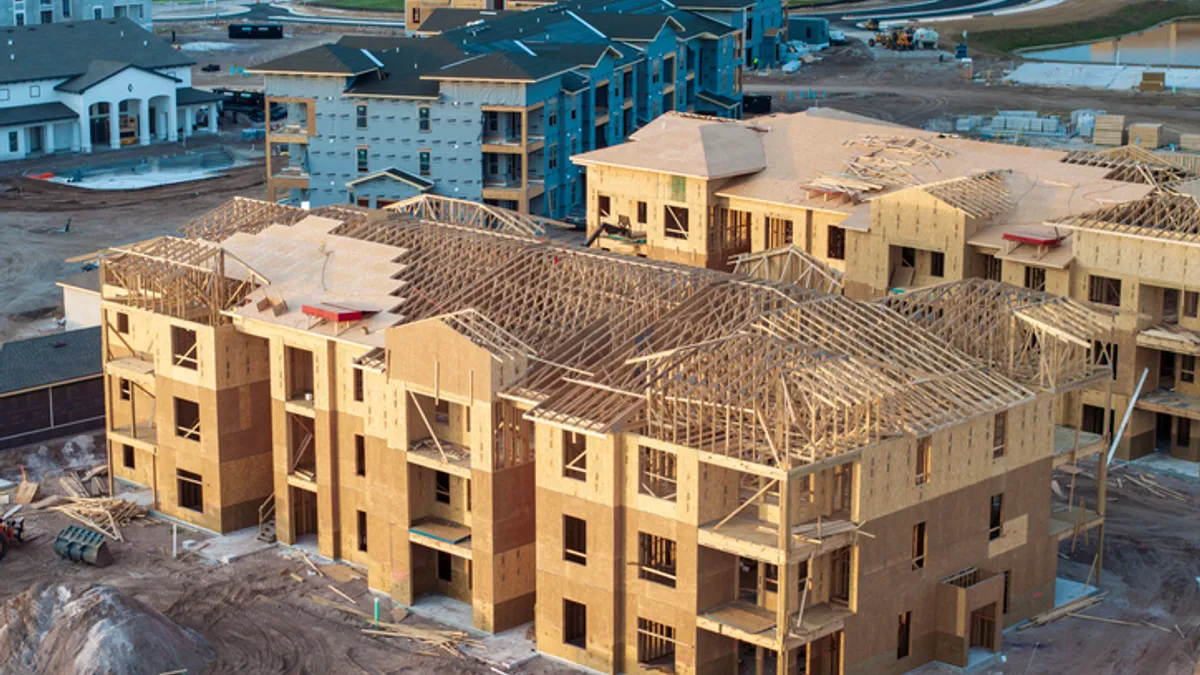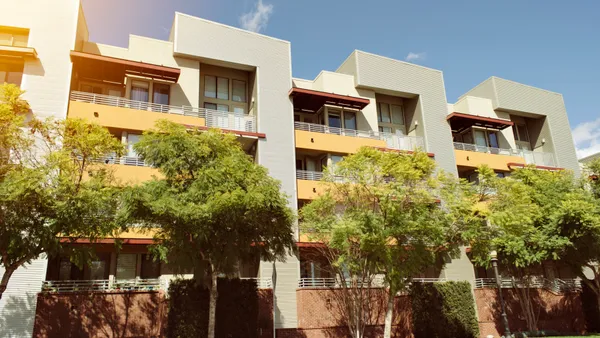Fueled by strong institutional investor interest, the purpose-built single-family rental sector, also known as build-to-rent, has established itself as one of the hottest segments in commercial real estate over the last five years.
But the past year’s interest rate hike changed things, according to Adam Wolfson, CEO of Miami-based Wolfson Development Co., which built one single-family rental development in Florida and is currently constructing a second one in the state.
“I think institutional money was running away from every asset class,” Wolfson told Multifamily Dive. “They just didn't know what to do.”
But Wolfson thinks things are starting to change because investors see some safety in the BTR sector. “Right now, I'm seeing both on the lending side and the equity side, the capital markets with respect to BTR are coming back,” he said.
With almost 2,000 units in his pipeline valued at $800 million to $1 billion, Wolfson maintains some flexibility. He has tapped into high-net-worth investors to raise a discretionary private equity fund. “That has allowed us to move forward when everybody else is sitting on the sidelines,” he said
Here, Wolfson talks with Multifamily Dive about the BTR financing environment, how the firm chooses its markets and rent growth in Florida.
This interview has been edited for brevity and clarity.
MULTIFAMILY DIVE: What is your biggest pain point — construction costs or financing?
ADAM WOLFSON: It's a tale of two different times. Last year, it was construction pricing, the threat of increasing interest rates and the lack of land. Now, the construction pricing is coming down. Land is finally coming back to normal pricing and availability because the home builders have largely pulled out, and we're not really competing with multifamily buyers on large tracts. So land is available, construction pricing is reasonable and rents are still at very high levels. The key is institutional capital coming back into the game, primarily on the equity side, in big enough tranches to grow fast enough.
How has this hurt the industry?
BTR, as an industry, is hampered by a pullback in institutional liquidity. That will change the market when it comes back online — once those institutions realize there is some blood in the water regarding land.
It's my opinion that we could double in size in the next 24 months, if not 12 months, with the right capital infusion. But we've gotten a lot of that already from our discretionary private equity fund.
How is the financing environment in the BTR sector different from multifamily?
Typically the BTR deals underwrite to a higher yield, which usually means they have a little bit more leverage. But for the most part, we've seen the same construction rate increases. We've seen the same rate increases for stabilized properties because, once you're stabilized, you're putting on multifamily debt.
How have the debt markets changed in BTR over the past year?
There is no question that at the end of last year, there was a credit freeze. There were lenders out there but they were certainly taking advantage of the situation. As of recently, while it's still expensive debt, the amount of entrants back into the lending space has been significant.
How do you choose the markets that you’re in?
We like markets that will be attractive to investors throughout the cycle. That translates to avoiding the tertiary markets, even where we see good fundamentals. That's not to say that there aren't some secondary markets that we won't invest in. We will.

For example, in Florida, we're in Orlando, the Sarasota-Bradenton-Tampa region, Fort Myers and the Daytona area. All of those are primary markets. But we've avoided some of the smaller markets towards the end of the cycle with the conviction that there would not be institutional capital available to us at the tail end of those projects.
Florida has seen national highs in rent growth over the last couple of years. Do you see any cooling there?
We saw 40% rent growth versus our pro forma numbers in our Bradenton project. If that slows to 3% to 4% rent growth as it does in most multifamily underwriting, we'd be thrilled. Those are still very good numbers. I don't foresee 40% rent growth. I don't foresee 10% rent growth, but I do see rent growth in all of the markets we’re in.
Click here to sign up to receive multifamily and apartment news like this article in your inbox every weekday.










